You’ve invested in beautiful skylights that flood your home with natural light, but you’re probably not maximizing their potential. Without proper automation, you’re missing opportunities to save energy, protect your investment, and create the perfect indoor environment year-round. Smart skylight technology can transform these simple openings into responsive features that work around the clock. Three specific automation strategies will completely change how your skylights function.
Set Up Automatic Schedules for Daily Light Control
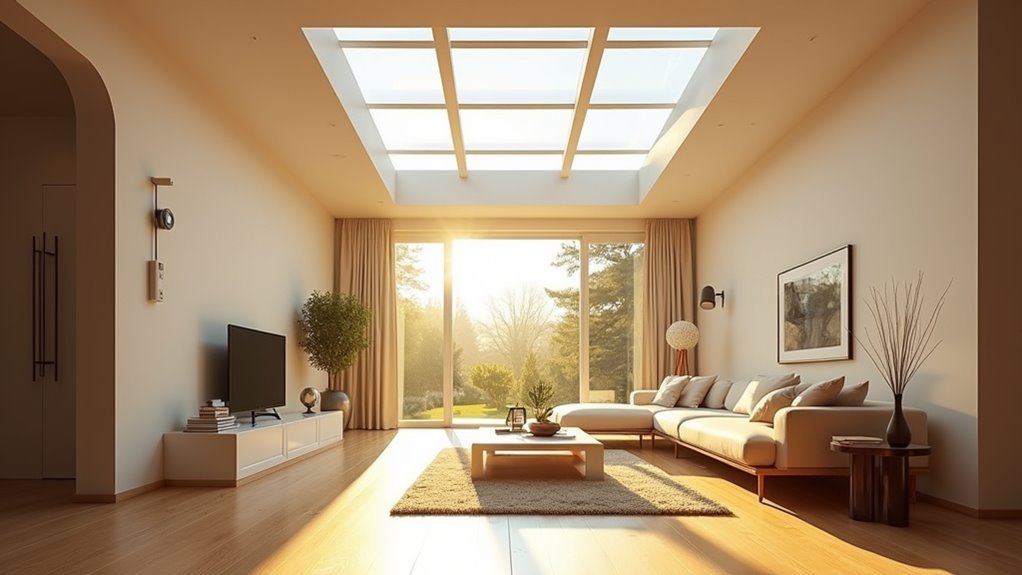
When you set up automatic schedules through VELUX ACTIVE’s Schedule and Automation feature, you’ll transform how natural light flows through your home throughout the day.
Your skylight automation system creates customized opening and closing times that match your daily routine perfectly. Program your energy-efficient models to open during mornings for maximum natural light while closing during peak afternoon sun to prevent heat gain.
Smart skylight scheduling adapts to your lifestyle, maximizing morning light while minimizing afternoon heat for optimal comfort and efficiency.
This approach delivers significant energy savings while maintaining ideal lighting conditions. The system’s scheduled settings take precedence over manual operation, guaranteeing consistent performance.
You can monitor temperature and indoor air quality simultaneously through integrated sensors. Regular cleaning helps maintain efficiency, and adjusting schedules for seasonal changes ensures year-round benefits from automated natural light control.
Install Rain Sensors to Protect Your Home From Water Damage
Rain sensors provide essential protection for your skylight investment by automatically closing your units when moisture is detected.
Installing a rain sensor prevents costly water damage to your interiors by eliminating the risk of open skylights during unexpected storms. VELUX solar-powered skylights feature piezoelectric sensors that respond to raindrops’ sound, while electric skylights use integrated moisture sensors wired to your home.
You’ll gain peace of mind knowing your skylights automatically protect your home without manual intervention.
Homeowners can integrate rain sensor technology with automation systems like VELUX ACTIVE for enhanced indoor climate management. This smart integration monitors real-time weather conditions and coordinates automatic closure during adverse weather.
Rain sensors eliminate anxiety about forgetting open skylights during storms, making your automated skylight system truly worry-free.
Use Smart Climate Monitoring for Optimal Indoor Air Quality
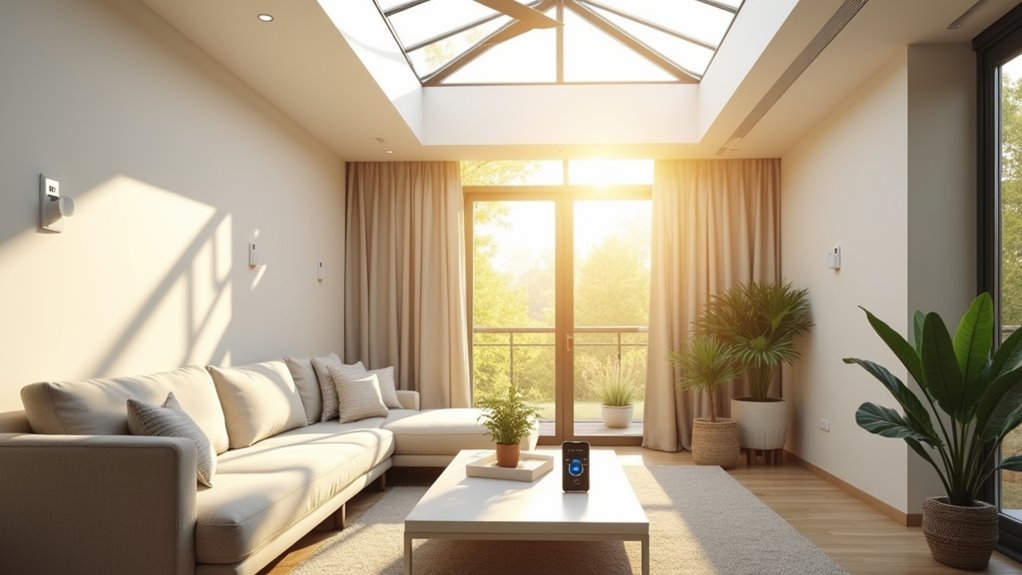
Smart climate monitoring transforms your skylight automation into a thorough indoor air quality management system.
Systems like VELUX ACTIVE with Netatmo track CO2 levels, temperature, and humidity using real-time data to automatically adjust skylights and ventilation. Since indoor air accounts for 55% of your total air intake, this monitoring greatly impacts your health and productivity.
Smart monitoring of CO2, temperature, and humidity automatically optimizes skylight ventilation to enhance the 55% of air you breathe indoors.
These smart systems minimize energy consumption while maximizing indoor air quality benefits. You can establish customized schedules for each room, ensuring ideal air management throughout day and night cycles.
The automation responds instantly to changing conditions, opening or closing skylights as needed. Homeowners maintain complete control through manual override options when desired.
This technology reduces health risks associated with poor air quality while creating comfortable living spaces tailored to your specific needs and preferences.
Frequently Asked Questions
What Is the Rule of Thumb for Skylight?
You should place skylights where they’ll maximize natural light while minimizing heat gain or loss. Consider your room’s orientation, use double glazing for efficiency, and guarantee proper insulation and sealing.
How to Make Skylights More Energy Efficient?
You’ll boost efficiency by installing double or triple glazing with Low-E coatings, adding ventilated skylights for summer cooling, using solar-powered blinds, and properly sealing around frames to prevent energy leaks.
How Do You Decide Where to Put Skylights?
You’ll want to evaluate room orientation first – south-facing skylights maximize winter heat while north-facing ones provide consistent light. Assess each room’s specific needs and consult professionals for ideal placement.
Does Skylight Use a Lot of Electricity?
Skylights don’t use much electricity, especially solar-powered ones that operate without consuming additional power. You’ll actually save up to 40% on energy bills through better insulation and reduced heating-cooling needs.

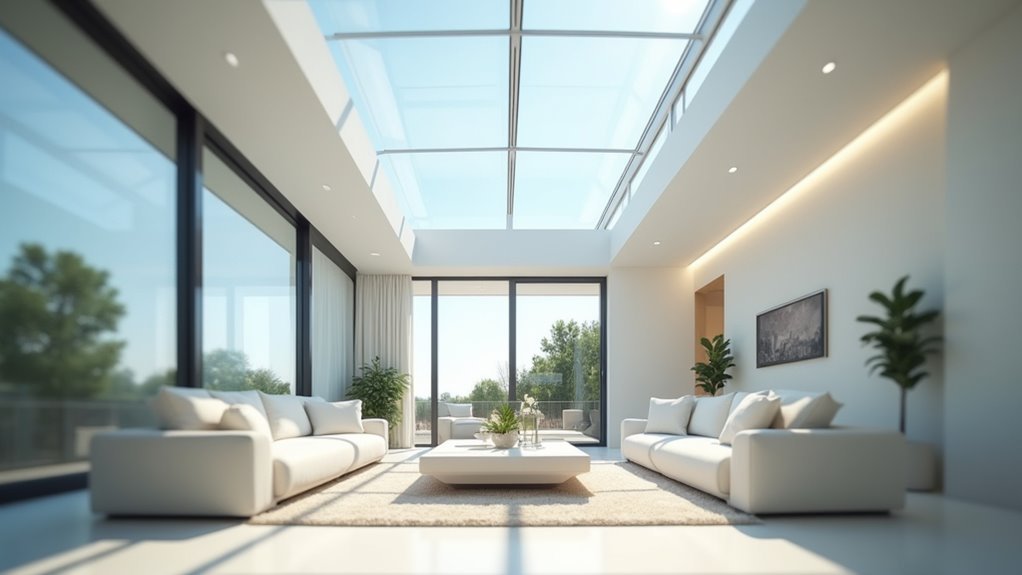
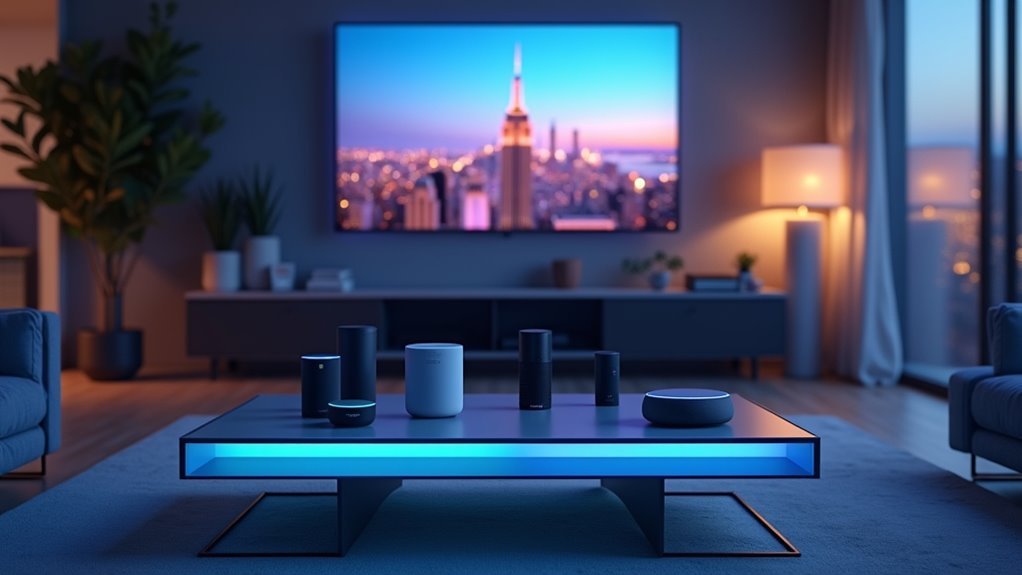
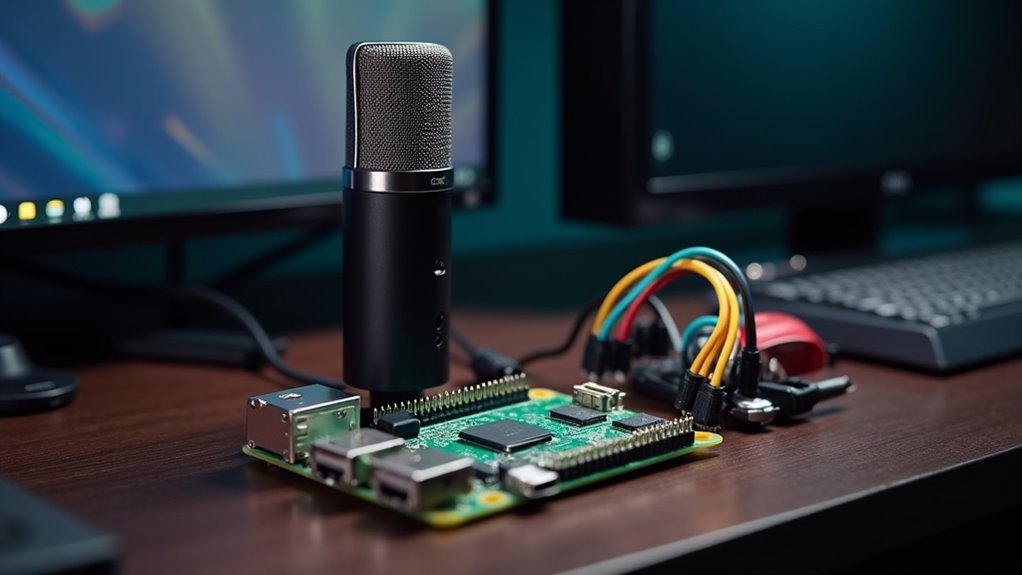
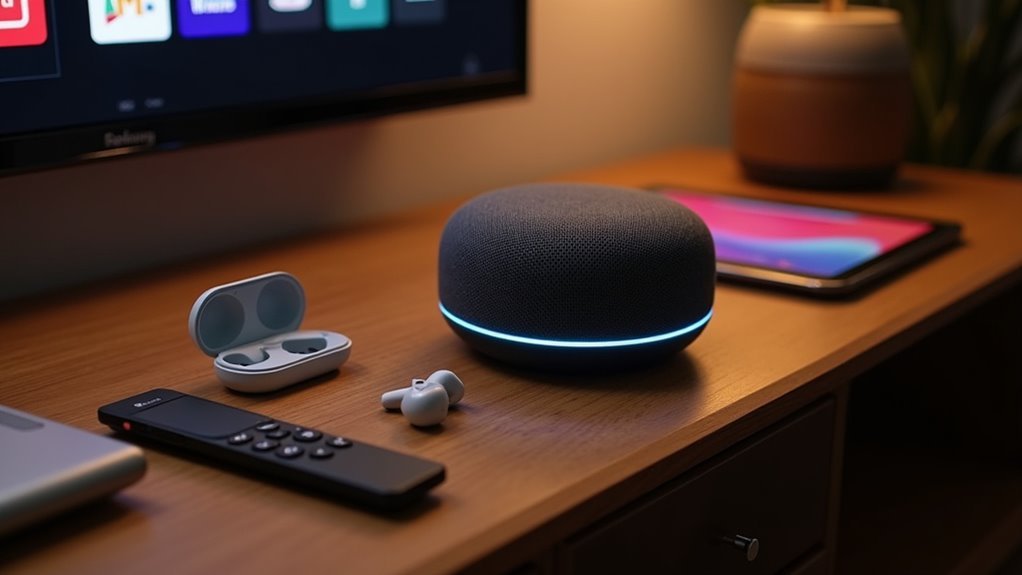
Leave a Reply